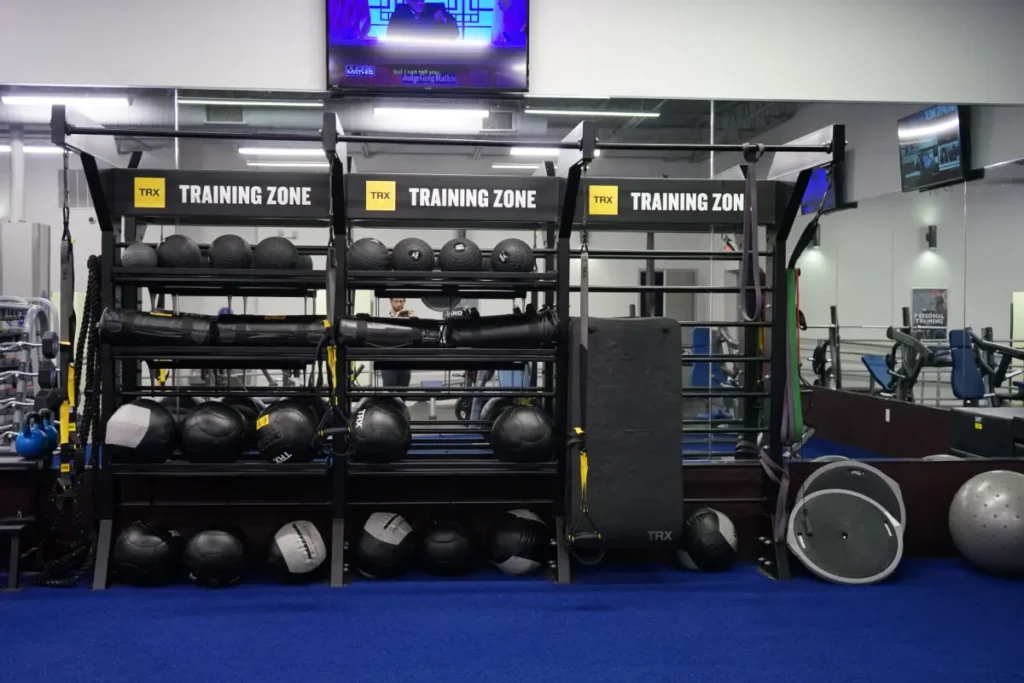Lifting weights is often associated with building muscle and increasing strength, but it can also be an effective tool for losing body fat, including belly fat. Understanding how weight training influences fat loss can help you integrate it effectively into your fitness routine for better overall body composition and health.
How weight lifting affects body fat
Weight lifting helps reduce body fat in several ways, not just by burning calories during workouts but also by boosting your metabolism and changing your body composition.
Increased muscle mass
- Boost metabolism: Muscle tissue burns more calories than fat tissue, even at rest. By increasing your muscle mass through weight lifting, you raise your resting metabolic rate, which can help burn more calories throughout the day, including belly fat.
- Improved insulin sensitivity: Increased muscle mass improves your body’s sensitivity to insulin, which can help reduce fat accumulation, particularly around the abdomen.
Higher EPOC (Excess Post-exercise Oxygen Consumption)
- Afterburn effect: Weight training can lead to a significant EPOC, meaning you continue to burn calories at a higher rate even after your workout is done. This effect is more pronounced after intense weight training sessions.
Balancing cardio and weight training
While cardio exercises are traditionally recommended for fat loss, combining cardio with weight training can be more effective for reducing belly fat.
- Incorporate both aerobic exercises (like running, cycling, swimming) and anaerobic exercises (weight lifting) to maximize fat loss and muscle building, leading to improved body composition and a more significant reduction in belly fat.
- High-intensity interval training (HIIT) that mixes short bursts of intense cardio with weight lifting can be particularly effective in burning fat. If you want to try these types of workouts, then check out our HIIT classes in Fayetteville.
- Doing cardio before or after lifting weights comes with its own set of advantages and challenges – learn how cardio impacts your weight lifting routine.
Dietary considerations
No amount of weight lifting will outdo a poor diet, especially when it comes to losing belly fat, which is closely linked to dietary habits.
- Caloric deficit: Ensure you are consuming fewer calories than you burn each day to lose fat. Weight lifting combined with a controlled diet can accelerate fat loss.
- Protein intake: High protein diets support muscle growth and can help maintain muscle mass while losing fat, ensuring that weight loss is predominantly fat rather than muscle.
Consistency and progression
Consistency in your workout regimen and progressively increasing the intensity and complexity of your weight-lifting routines are crucial for continued improvement.
- Regular training: Aim to lift weights at least 3-4 times a week.
- Progressive overload: Continuously challenge your muscles by increasing weights, changing exercises, or varying the number of repetitions and sets. If you rush with adding more weight to your routine, you may cause yourself discomfort like elbow pain. Familiarize yourself with the common causes of elbow pain, so you can pinpoint the culprit easier.
Final thoughts
Lifting weights can indeed help lose belly fat by increasing muscle mass, enhancing metabolism, and creating a more favorable hormonal environment for fat loss. By incorporating consistent weight training into your fitness routine, alongside cardio and a proper diet, you can effectively target and reduce belly fat, leading to a leaner, healthier physique.





